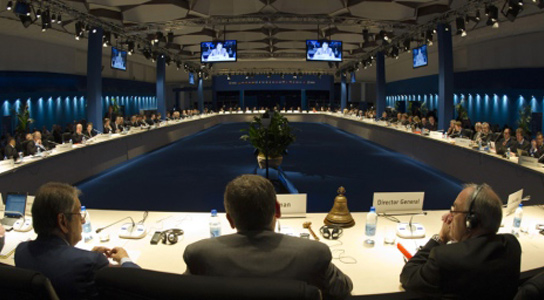At a recent meeting in Naples, Italy, EU ministers have agreed to give the European Space Agency (ESA) €10.1 billion ($13 billion) over the next several years, which is less than the total €12 billion that was considered at the beginning of the meeting. The ministers were able to resolve issues and strike deals on how to replace the Ariane 5 satellite-launching rocket and how to fund Europe’s contribution to the ISS. All of ESA’s member countries, which currently number 20, contribute towards the mandatory activities, such as developing space-based telescopes and other instruments. They can then choose whether to participate in other projects. With the flat funding of €500 million per year for 2013 to 2017, the program is taking a cut, but it isn’t clear yet which missions will be affected. Earth observation took a €900 million cut over four years, which was due to Spain, France, and Italy reducing their contributions and because the ESA will pay for a new generation of European weather-forecasting satellites. It was agreed that the ESA would develop an upgraded version of the Ariane 5 launcher, called the Midlife Evolution (5ME), which will be able to carry 20% heavier payloads and put satellites in higher orbits. The ESA will also start building a new Ariane 6 rocket, that would be cheaper to launch and more competitive with similar rockets. The ESA’s ruling council approved the involvement of Russia in the agency’s ExoMars missions to measure trace gases in Mars’ atmosphere and search for signs of life on the planet’s surface. The Russian space agency, Roscosmos, will provide two Proton rockets for lift-off.

